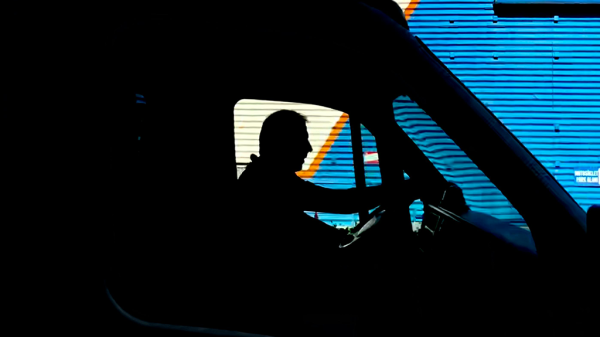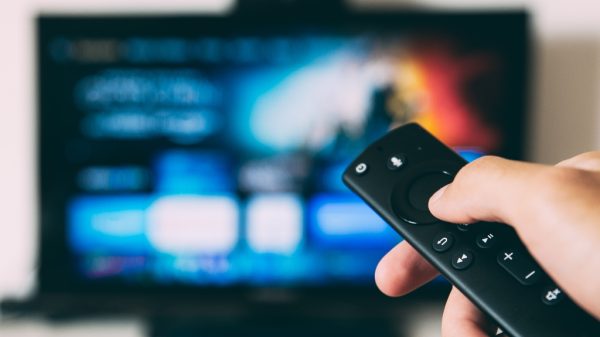22 Million Will Have Cut Cable by the End of 2017
With the prevalence of streaming services like Netflix and Hulu, we’re seeing an industry that’s trending away from more traditional cable and satellite TV subscriptions.
![]()
Small wonder, then, that a total of around 22 million U.S. adults will have discontinued their cable and/or satellite subscription by the end of 2017.
Cutting the Cord
Obviously, this has potentially enormous ramifications for the cable and satellite industries, but projections indicate that this may be just the beginning. By 2021, it’s estimated that over 30 percent of Americans will no longer pay for cable (or similar) services.
Since such a dent in the industries’ respective user bases is unprecedented, there’s no real way to know for sure exactly how this will impact cable and satellite TV companies, or how entertainment geared devices (e.g., the Primetime tablet from AT&T that we talked about earlier this year) will suffer as a result.
What is clear is that a paradigm shift is in order.
Rationale
Simply put, the up-and-coming market is grounded in instant gratification—something at which current standard TV doesn’t exactly excel.
The allure of instant access put forth by Netflix or Hulu makes the notion of waiting for what you want to see or scheduling a specific time to be in front of the TV purely absurd by comparison.
Similarly, digital media has never been cheaper, making it easy to rent or flat-out buy a movie rather than sitting through an ad-heavy version at one AM on a Tuesday.
Add to that the cost of a typical standard tv subscription per month versus the flat $9.99 or so that most streaming services require, and it’s easy to see why so many people are ditching cable and cozying up with streaming services instead.
Response
Unless cable companies are able to respond to this threat by offering more open-ended, instant options on par with those of Netflix and the like, it seems likely that cable and satellite TV will eventually end up taking a backseat on most viewers’ televisions—and even if such a response is offered, streaming services aren’t going down without a fight.
This could ultimately work out in favor of the consumer, as competition may lead to cheaper subscription prices and wider accessibility. For now, though, we’ll have to wait and see.
#CableCutters
Jack Lloyd has a BA in Creative Writing from Forest Grove's Pacific University; he spends his writing days using his degree to pursue semicolons, freelance writing and editing, oxford commas, and enough coffee to kill a bear. His infatuation with rain is matched only by his dry sense of humor.








































